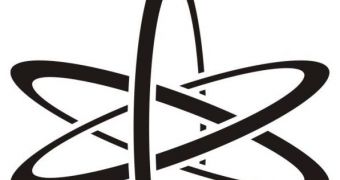The principle of “quantum ghosts” was first inferred by Albert Einstein, who was so worried about it that he called it “spooky action at a distance.” It refers to the apparent ability that some particles have to interact with each other over very long distances, even though they are not directly connected. Over the years, physicists have demonstrated that this type of interaction is common among quantum particles, and have since engaged in an effort to learn to control this type of connection. Some time ago, the existence of this phenomenon was scientifically proven, and now physics experts at the University of Bristol and Imperial College London have managed to learn how to use these “ghosts” to solve another quantum mystery – namely how to distinguish between two similar classes of quantum devices.
According to basic knowledge, an everyday object can be fairly simply identified. In diagrams, every device looks like a black box, with a series of inputs and outputs. This simple representation can be applied to all things, including the human brain, where inputs from skin receptors, the five senses, and the actions of others enter the cortex, are processed, and come out as our own actions – the output. Generally speaking, by analyzing the inputs and outputs of such a black box, experts can tell what the purpose of the box is, in other words they can determine what it does.
However, in the case of quantum black boxes, this procedure is not very easy, simply because a single input can lead to a host of indistinguishable outputs. This is a fundamental trait of the quantum world, where objects can exist in two states at the same time. And while this is extremely beneficial to the creation of quantum computers – whose qubits simultaneously exist in both the “on” and “off” states –, it gives scientists in other areas of research headaches. Only a very few states of quantum particles can be easily distinguished among, physicists say, so creating new methods of separation would be a very welcome addition to the scientific instrument arsenal that they use.
“Apart from providing insight into the fundamentals of quantum physics, this work may be crucial for future quantum technologies. How else could a future quantum engineer build a quantum computer if they can't tell which circuits they have?” University of Bristol Department of Physics PhD student Anthony Laing, who has been in charge with performing the study, said. He added that the current work could be expanded to cover a large array of applications, from quantum mechanics to quantum information sciences.

 14 DAY TRIAL //
14 DAY TRIAL //